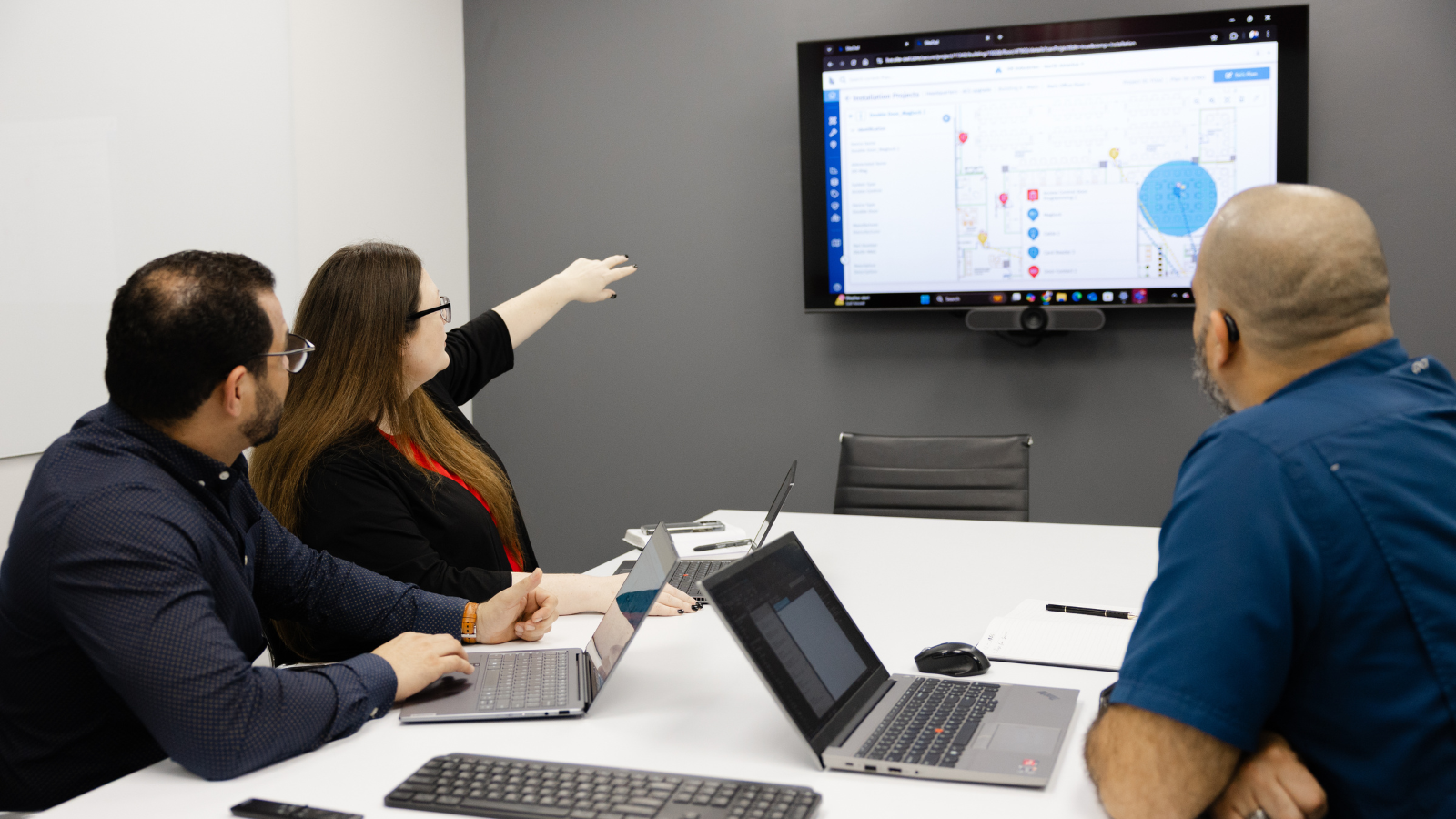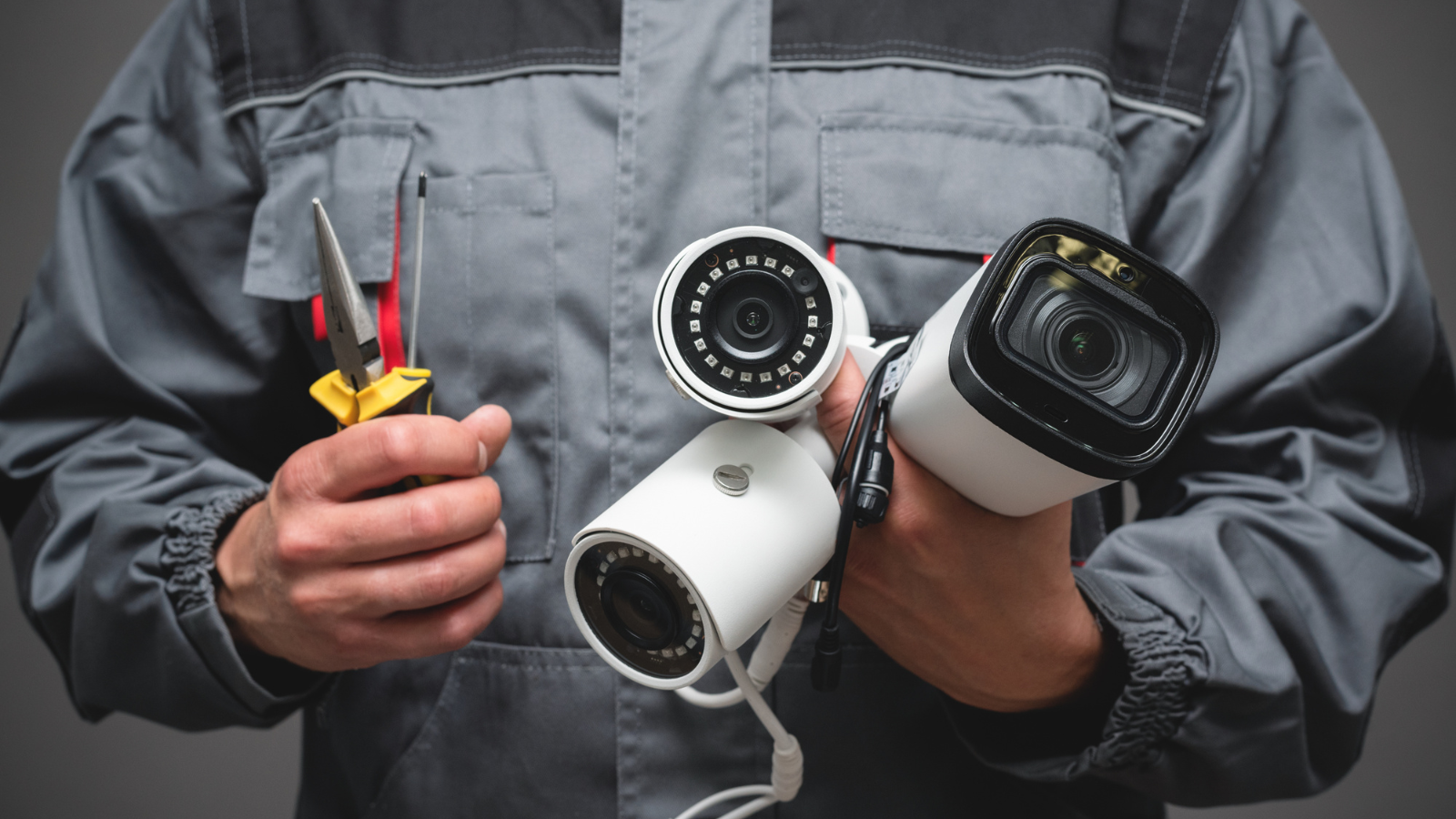In 2022, schools experienced hundreds of critical incidents and 27 school shootings that resulted in injuries or deaths. After each tragic incident, conversations about “hardening schools” resurface, as do questions about improving school security.
While there are many components to school safety, physical security is perhaps the most critical component of a school’s broader protection program. At its core, physical security is about keeping schools safe from real-world threats. It includes physical deterrence, detecting bad actors, and responding to those threats.
When it comes to physical security, the challenge for most school districts is maintaining effective security measures while preserving an open and positive learning environment. In this article, we will share best practices that school leaders can adopt to build and maintain a strong security posture.
What determines a school’s security posture?
It all depends on the school’s risk profile and the district’s risk tolerance. While virtually everyone agrees that the safety and well-being of students is the top priority, there are many opinions and approaches when it comes to identifying the best practices for school security and safety.
The key for schools is to identify an actionable, practical, and cost-efficient approach that enables them to enhance their safety and security posture without compromising their commitment to maintaining a positive learning environment. School security experts agree that while there is no one size fits all solution for each school’s physical security district, adopting a system-based approach is the most effective approach for schools.
Best Practice Spotlight:
Before adopting a specific approach or district-wide framework, it is recommended to form a Physical Security Planning Team. This team, comprised of engaged members of the school community, should be involved in the planning and implementation of the school’s overall security plan.
Importance of a school security plan
Once school leaders evaluate their district’s threats and vulnerabilities, they can turn their efforts into writing or updating their current school security plan. This working document should summarize all the physical security measures in place and help school officials identify the gaps that exist throughout their physical security systems, along with a list of future actions the school will need to take to mitigate risks across these layers.
The school security plan should be grounded in verifiable data, based on professionally generated threat and vulnerabilities assessments, and not driven by stakeholder interests that may divert attention away from maximizing security benefits.
The planning team should consider common safety challenges based on empirical data, as well as worst-case scenarios. 3 key contingencies that your school security plan should cover are:
- How to secure the perimeter of each campus
- How to manage access control at all buildings
- Coordinating communication with School Security team members, Resource Officers, and parents.
- How to obtain visibility of all physical security assets from security cameras to access control doors.
A school security plan should outline future steps the school will need to take to minimize risks, as well as a summary of the physical security measures already in place at the school and any potential gaps.
Best Practice Spotlight:
Through the process of creating or updating a security plan, a school can strengthen its security posture by highlighting key information including identifying:
- Action items: Lists of distinct tasks that can help a school adopt improved security measures or improve a school’s security posture.
- Key personnel and equipment: A list of key personnel and their responsibilities. The list can also include key external personnel, first responders, and security integrators.
- Additional measures: In response to vulnerabilities that can not be addressed due to constraints, a plan might specify what additional measures could be in place to speed that response.
Adopting a systems-based approach
Adopting a systems-based approach to school physical security means aligning physical security systems with personnel, policies, and procedures to build a coherent and sustainable school security program. An easy way to understand what a systems-based approach means is to think of security in terms of layers.
The layers of physical security are often compared to the layers of a castle or a modern airport with airport security, passenger prescreening, checkpoint screening, and onboard security. Likewise, schools have layers including:
- School grounds perimeter layer
- School interior grounds layer
- Building perimeter layer, etc.
Taking a systems-based approach means having the right systems, procedures, and mitigation strategies in place at every layer. This makes it more sustainable for schools to maintain safe and secure learning environments without the security personnel you would normally see at an airport or special event venue.
When schools adopt a systems-based approach, they must review their current physical security equipment and technology and find effective ways to optimize their systems.
Best Practice Spotlight:
With so many moving parts, it is best for schools to manage their systems from a central platform that enables collaboration.
Physical security systems
Physical security is an ongoing dynamic program and is not limited to one particular function. Physical security systems are made up of devices, technology, designs, school security personnel, police, procedures, and training and drills.
Physical security measures are most effective when they are installed with a purpose and maintained systematically. For example, a security intercom system may provide voice and video communication across a campus, or throughout the district but if members of the staff are not able to use it or it malfunctions due to poor maintenance, the result is a weak security posture.
School physical security systems should be tailored to provide protection and mitigation benefits based on a school’s unique circumstances. School specifics such as grade levels, size of the community, number of buildings, and future projects should all be constantly evaluated.
Best Practice Spotlight:
- Visibility-Gaining complete visibility of the physical security system by managing all information from a centralized platform.
- Designating-Defining user roles to provide internal staff and external integrators and officials the required access and information.
- Facilitating-By streamlining service management and support processes so that systems are working optimally.
School security best practices
Schools can easily adopt stringent security measures and adopt a hardline approach to physical security. However, the result would not be ideal and create even more challenges for schools from a mental health perspective. Conversely, a systems-based approach empowers schools to create safe and secure learning environments without transforming schools into hardened facilities.
Regulations that govern school physical security are mainly enacted at the state level, and there is considerable variance in policy across states; therefore, it is best to review your state’s guidance or consult with a certified security integrator.
It is common for state-level agencies involved with school safety to host websites that point to local education agencies to specific state-level requirements, as well as to guidance from the federal government, other states, or non-governmental agencies that they deem relevant and useful. Additional sources schools can use to review best practices, and school security regulations include:
- Cybersecurity & Infrastructure Security Agency- K-12 SCHOOL SECURITY GUIDE AND COMPANION PRODUCTS
- SchoolSafety.gov- Foundational Elements of School Safety
- Education Commission of the States- 50-State Comparison: K-12 School Safety
- Partner Alliance for Safer Schools- School Safety and Security Checklist
Conclusion
Every security measure that schools choose to implement involves a compromise between convenience and security. While some security measures may require a large investment others may require additional support including staff training.
By adopting a system-based approach schools are able to maintain a strong security posture while preserving an open and positive learning environment. School physical security systems should be tailored to provide protection and mitigation benefits based on a school’s unique circumstances.

Su Subburaj
Su is SiteOwl's CMO and leads all marketing and communications. Su has extensive strategy and management consulting experience and previously consulted for 3Sixty Integrated where she gained an in-depth understanding of digital transformation challenges in the physical security industry. When not working on strategies to expand SiteOwl's footprint, Su enjoys bad karaoke, weightlifting and traveling.




